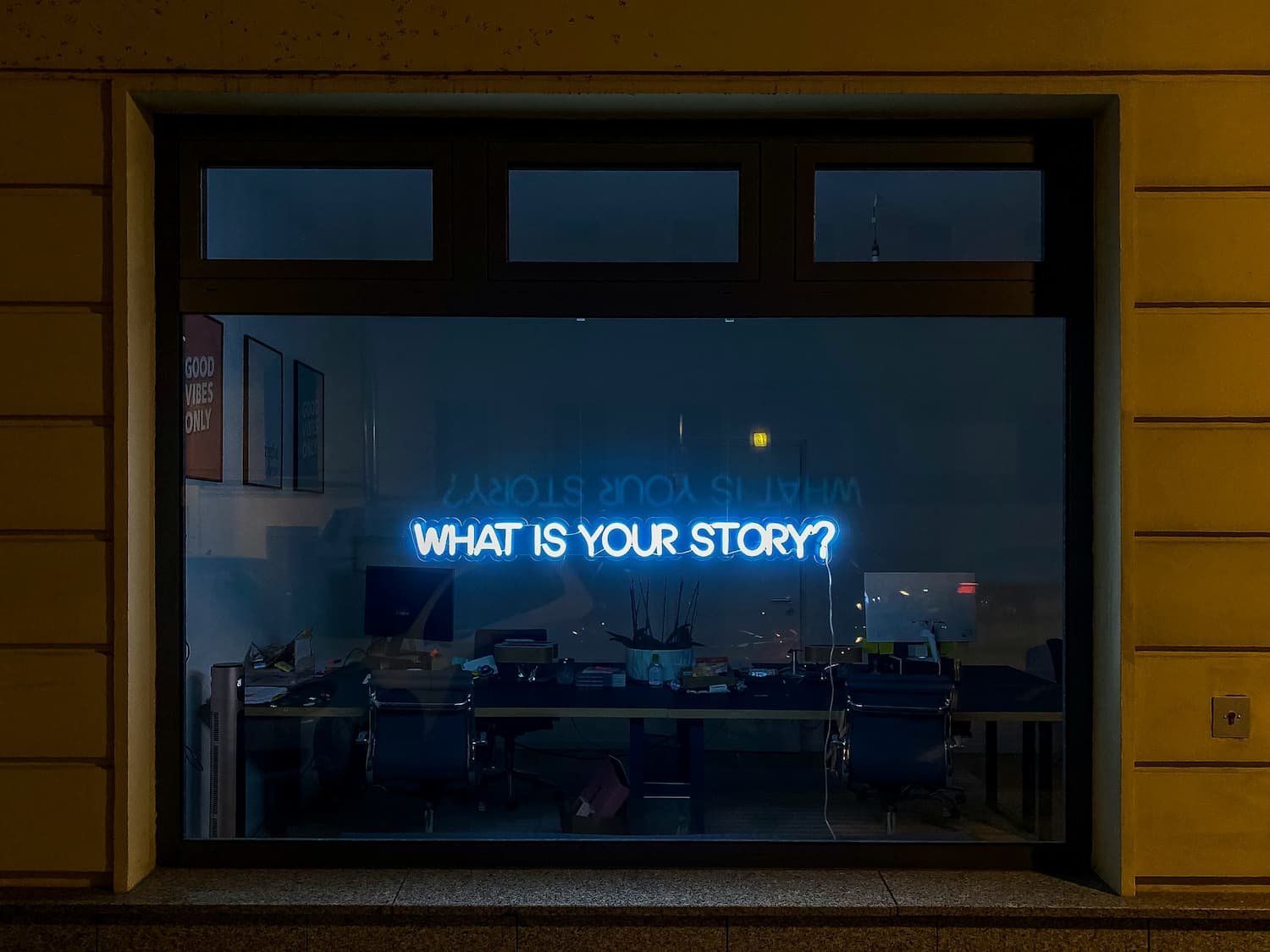In the ever-evolving world of motion design, kinetic typography has emerged as a captivating technique that transforms static text into dynamic visual storytelling. This unique form of animation utilizes the movement of words to convey emotion, rhythm, and meaning, engaging viewers in a way that traditional text cannot. As digital content becomes increasingly prevalent in our daily lives, understanding the art of kinetic typography is essential for designers seeking to create impactful communication.
The Basics of Kinetic Typography
Kinetic typography combines the principles of typography with animation, allowing text to move and change in a way that enhances its meaning. Unlike traditional typography, which is typically static and often overlooked, kinetic typography captures attention through movement, making it an effective tool for conveying messages in an engaging manner.
This technique can be applied in various formats, including videos, advertisements, and social media content. By animating text, designers can emphasize key messages, create visual rhythms, and guide viewers through a narrative. The result is a more immersive experience that resonates with audiences.
Historical Context
The roots of kinetic typography can be traced back to the early days of film and animation. Pioneers like Saul Bass and Norman McLaren experimented with animated text in their work, setting the stage for future developments in motion design. However, it wasn’t until the digital revolution and the advent of software like Adobe After Effects that kinetic typography truly flourished.
Today, designers can easily manipulate text using advanced animation techniques, allowing for more creativity and flexibility than ever before. This accessibility has contributed to the widespread use of kinetic typography across various media platforms.
Key Techniques in Kinetic Typography
1. Timing and Rhythm: The success of kinetic typography relies heavily on timing. The movement of text should synchronize with audio elements, such as voiceovers or music, to create a cohesive experience. For instance, words may appear or disappear in time with the beat of a soundtrack, enhancing the emotional impact of the message.
2. Movement and Transition: Different types of movement can evoke different feelings. For example, smooth transitions can create a sense of calm, while abrupt movements may evoke excitement or urgency. Designers must carefully consider the type of movement they use to ensure it aligns with the overall tone of the message.
3. Typography Choices: The choice of font, size, and color plays a significant role in kinetic typography. Bold, sans-serif fonts may convey strength and modernity, while elegant script fonts can evoke a sense of sophistication. Color schemes should also be considered, as they can influence the mood and perception of the text.
4. Layering and Composition: Effective kinetic typography often involves layering text and graphics to create depth and dimension. By layering different elements, designers can draw attention to specific words or phrases, guiding the viewer’s focus throughout the animation.
5. Emotional Resonance: The ultimate goal of kinetic typography is to connect with the audience emotionally. By aligning the movement of text with the content’s meaning, designers can create a powerful message that resonates with viewers on a deeper level. Whether it’s inspiring, educating, or entertaining, kinetic typography has the ability to evoke a range of emotions.
Applications of Kinetic Typography
Kinetic typography has found its way into a variety of media, enhancing storytelling across platforms. Here are some common applications:
• Advertising: Brands often use kinetic typography in commercials to emphasize key messages or slogans. The movement of text can create a memorable impact, helping consumers recall the brand’s message long after viewing the ad.
• Social Media: With the rise of platforms like Instagram and TikTok, kinetic typography has become increasingly popular in short-form videos. Engaging text animations can capture viewers’ attention and encourage shares, increasing brand visibility.
• Educational Content: Kinetic typography can effectively communicate complex ideas in educational videos. By animating key points, educators can enhance comprehension and retention, making learning more enjoyable for students.
• Music Videos: Many artists incorporate kinetic typography into their music videos to amplify their lyrics’ emotional impact. The dynamic movement of words can add an extra layer of storytelling, enhancing the viewer’s connection to the song.
Tools and Software for Kinetic Typography
Creating kinetic typography has never been easier, thanks to various software tools available to designers. Popular options include:
• Adobe After Effects: This industry-standard software allows designers to create stunning animations, including kinetic typography. With its powerful features and extensive library of plugins, After Effects is a go-to tool for motion designers.
• Blender: For those looking to experiment with 3D kinetic typography, Blender offers a free and open-source platform to create dynamic text animations in three-dimensional space.
• Adobe Animate: This tool is ideal for creating interactive and web-based kinetic typography, allowing designers to integrate animations into websites and applications.
Conclusion
Kinetic typography is more than just animated text; it is a powerful storytelling tool that engages viewers and conveys messages in innovative ways. As digital media continues to evolve, designers must embrace techniques like kinetic typography to create captivating content that stands out in a crowded landscape.
By understanding the principles of timing, movement, and emotional resonance, designers can harness the full potential of kinetic typography, breathing life into their messages and connecting with audiences on a deeper level. In a world where attention spans are fleeting, kinetic typography provides a unique opportunity to create memorable and impactful communication.
